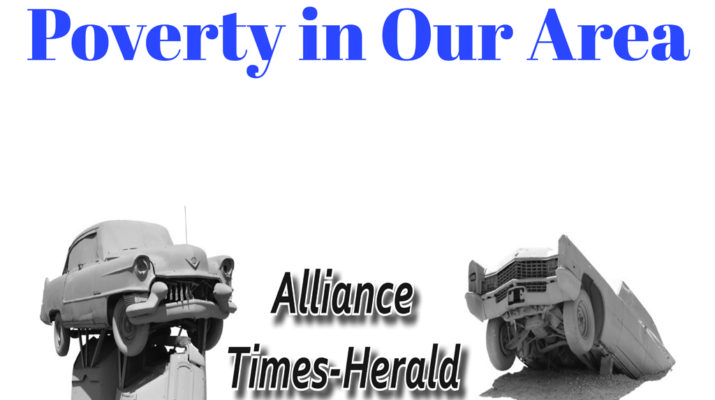According to Bridges Out of Poverty, the three economic classes, poverty, middle class, and wealth, have different ways of viewing what is important. It is important to understand how we value different things if we want to better understand each other.
People in the middle class value possessions, wanting to own things. Those in wealth want to own one-of-a-kind objects that they might pass on to heirs or donate to museums. However, people who live in poverty place very little value on things. Instead they value people and relationships.
Along with owning possessions, people in different classes view money differently. Those in wealth invest their money. Middle class sees the need to manage money and save for retirement and emergencies. In poverty, money is meant to be spent or shared. Jodi Pharr, our speaker from the June, 2021, program, spent a lot of time talking about this and giving examples. Basically, if a friend asks you for money and you have it, you share. You remember when you needed help; friends, maybe this person, gave you what you needed. And you know you may be in that position again.
Another big difference is how we value clothing. People in poverty want their clothes to express their personality. In middle class the focus is on fitting in, and brand names are important. People in wealth look for artistic expression in their clothing and have favorite designers.
Who has the power in a household? Middle class households tend to be patriarchal, with the father being the ultimate decision-maker. In poverty, women usually have the power and control the home. Power dynamics in a wealth household depend on who has the money.
Education, especially college, is valued by the middle class as being crucial for climbing the success ladder and making money. In poverty education is valued, but it is abstract. Friends aren’t going to college, and no one in their family ever has, so it isn’t seen as a realistic option. In wealth, college is viewed as necessary for making and maintaining connections.
Fighting is another area with major differences. In wealth, money is used to undermine a person you have a major disagreement with, and lawyers do the fighting. People in poverty use name calling and must physically fight, or have someone fight for them, in order to survive. Middle class people use words to negotiate when they have conflicts. Each group uses social inclusion and exclusion.
How about humor? In poverty, a sense of humor is highly valued. Stories and jokes focus on sex and on people, and the ability to entertain others is critical. In wealth, humor is generally about social faux pas. Middle class humor tends to be about situations.
The Bridges Out of Poverty book explains that another big difference among the classes is how “the world” is defined for them. Wealthy individuals view the international scene as their world. Middle class people think of the world in terms of the United States, and leaving the borders of our nation would be an exceptional experience or vacation. Someone in poverty rarely thinks beyond their local setting.
People in poverty are driven by survival, relationships, and entertainment. They believe in fate and that they cannot do much to change their lives. Wealthy people often believe they are entitled, and they focus on financial, political, and social connections. In the middle class, work and achievement are the driving forces. The future can be changed by making good choices now.
On June 9, the Alliance Poverty Task Force will host a Bridges Out of Poverty program, the Community Lens. We will look at how the economic insecurity of low-wage workers and the middle class is causing damage, and how to make our community more sustainable. Our goal is to improve the lives of low-wage workers and those in poverty, to make Box Butte County an area where everyone can do well.

